An alloy composed of copper, tin, and phosphorus, phosphor bronze is renowned for its tensile strength and its use in the fabrication of springs, electrical contacts, and other elements that require a combination of corrosion resilience and flexibility.
Phosphor bronze wire mesh is presented in a variety of woven and knitted styles, commonly found in grades C51000, C52100, and C54400 with phosphorus levels between 0.5% and 11%. These grades typically contain 0.5%, 1.0%, and 2.0% of phosphorus respectively.
Protected by a layer of faint oxide, the properties of phosphor bronze lend it remarkable corrosion resistance. Although subjected to some weakening by corrosive forces, such as nitric acid, the presence of this passive film offers protection against most acids and bases.
Phosphor bronze boasts an abundance of tin, resulting in a much higher melting point compared to other metals and a remarkable resistance to deformation under high temperatures. On top of that, its lower coefficient of thermal expansion than copper renders it especially suited for applications where size accuracy is essential.
One of the significant costs associated with phosphor bronze is the high price of tin required in its production.
Uses of phosphor bronze wire mesh span far and wide, ranging from:
• Filtering and Sifting Through Screens • Electrical Connectivity
The science of connectivity is exemplified by welded wire mesh, woven fabric, knitted wire mesh, and the essential electrical conductor. Utilizing these four distinct materials – all of which can be joined together – will provide reliable and robust connections.
Related Product
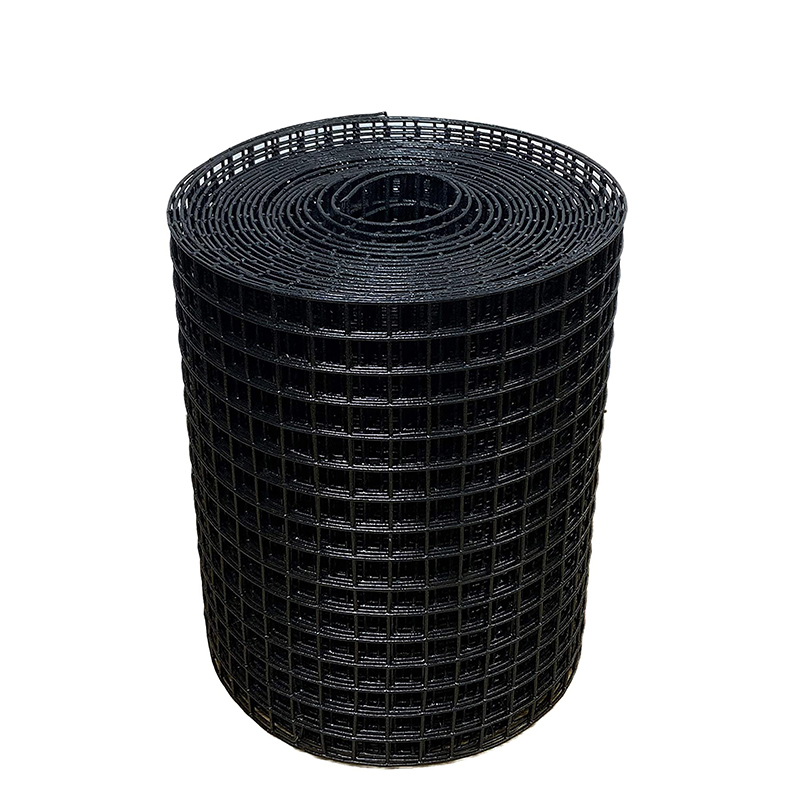
Pvc Coated Wire Mesh
Product information: PVC coated welded mesh Mesh size Wire diameter (in mm) Width&Length In inch In mm Before coating After coating Width:0.5m-2.0m Length:25m,30m […]
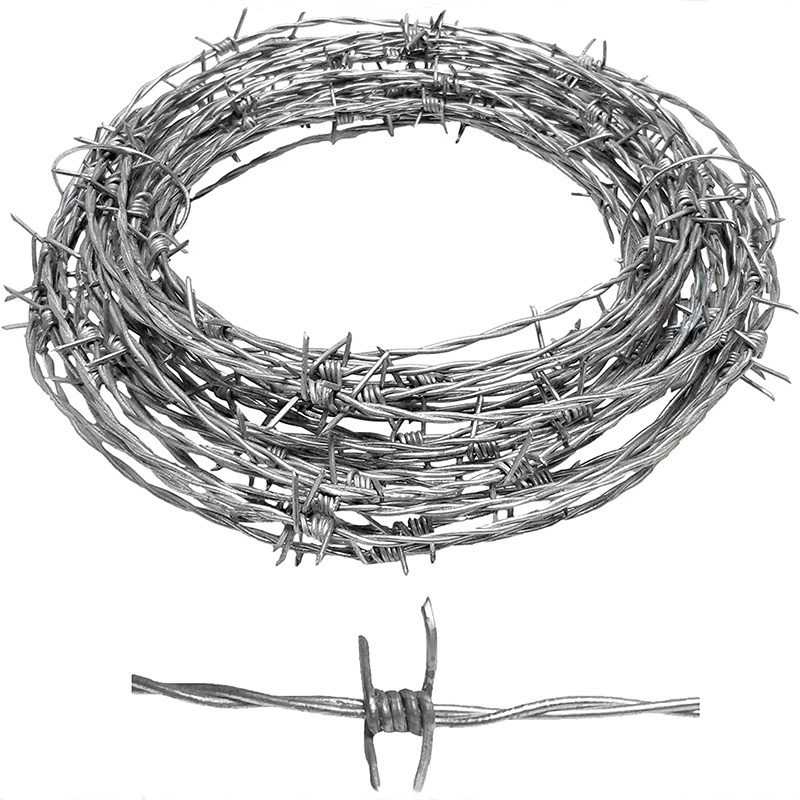
Barbed Wire
Product Information: Barbed Wire Material High quality low carbon steel wire, iron wire, etc. Category 1.Hot dipped galvanized 2.Electric galvanized 3.PVC coated Weving and Charact […]
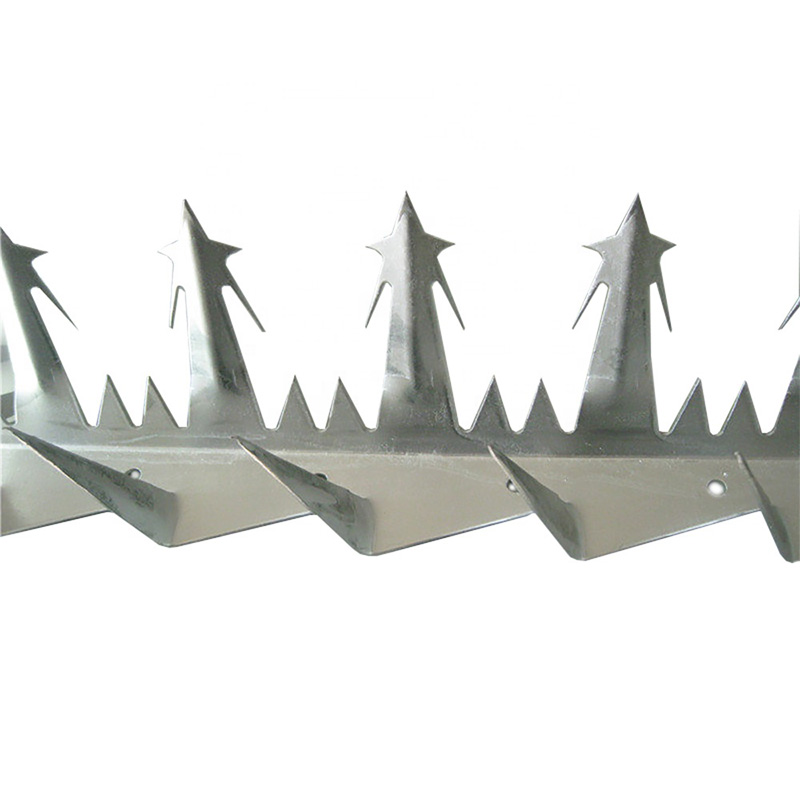
Anti Climb Wall Spikes
Product information: Big Sized Wall Spike Specification Type Big Sized Wall Spike A Big Sized Wall Spike B Model Number Anti-Climb wall Spikes Material HOT DIPPED GALVANIZED STAINL […]
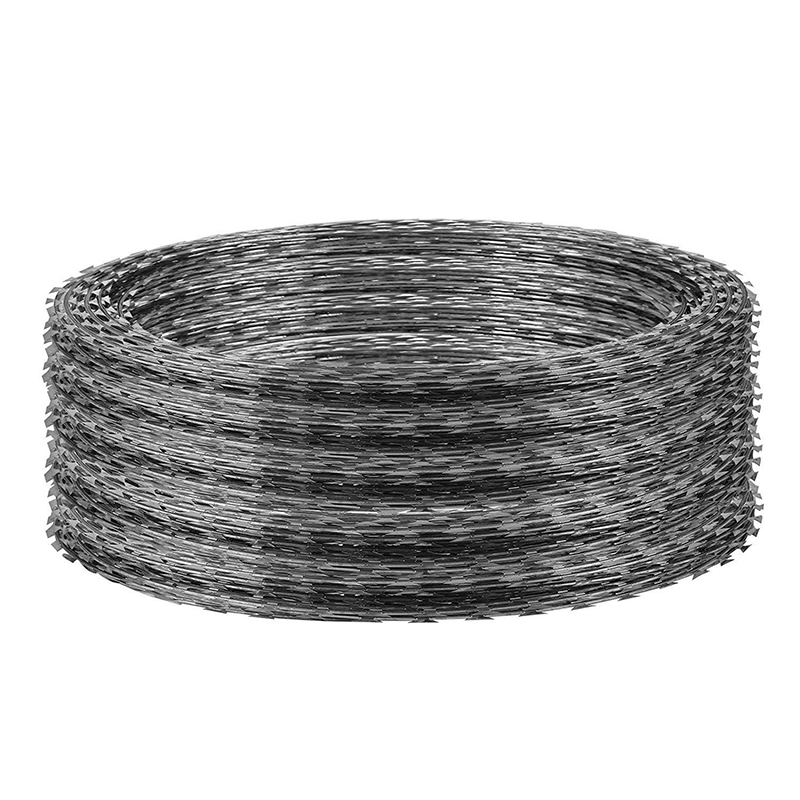
Razor Wire
Product information: Concertina Razor Wire is widely used for construction of high security fencing projects in military and national defence. We export directly and supply Razor W […]
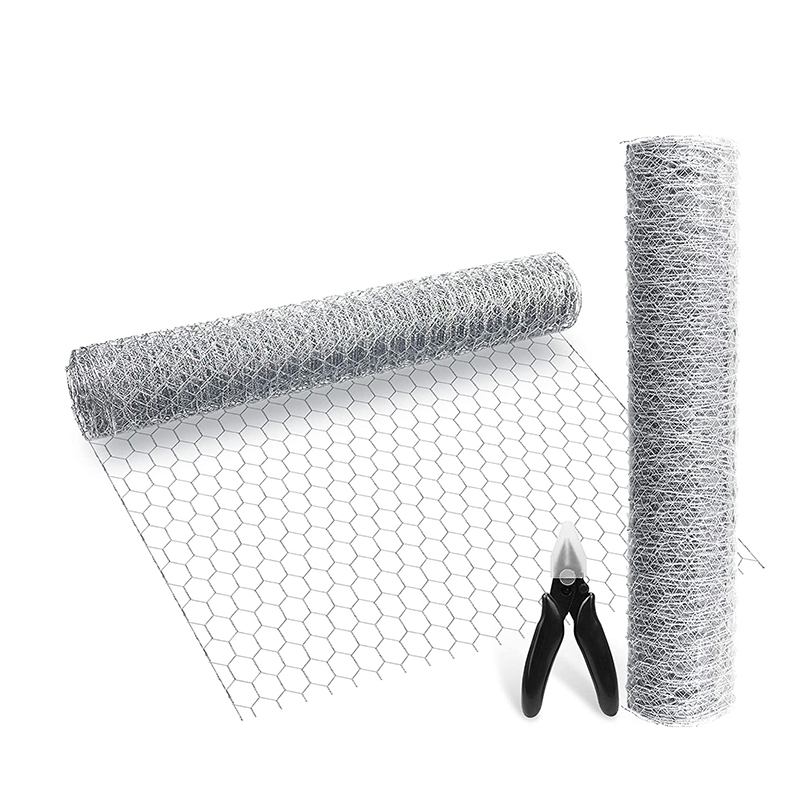
Hexagonal Wire Mesh
Product information: PVC Coated Hexagonal Wire Netting Mesh Wire Gauge (MM) Width Inch MM – – 1/2″ 13mm 0.6mm – 1.0mm 2′ – 2M 3/4″ 19mm 0. […]
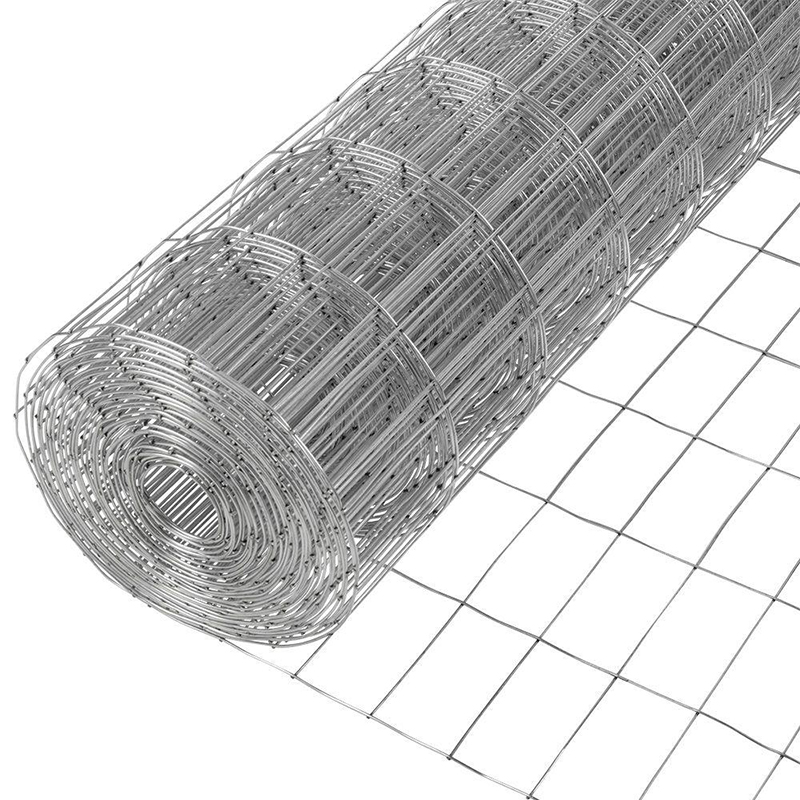
Welded Wire Mesh
Welded wire mesh is one popular materials in concrete, construction and industry. It is made of low carbon steel wire, stainless steel wire after welding and surface treating. Weld […]
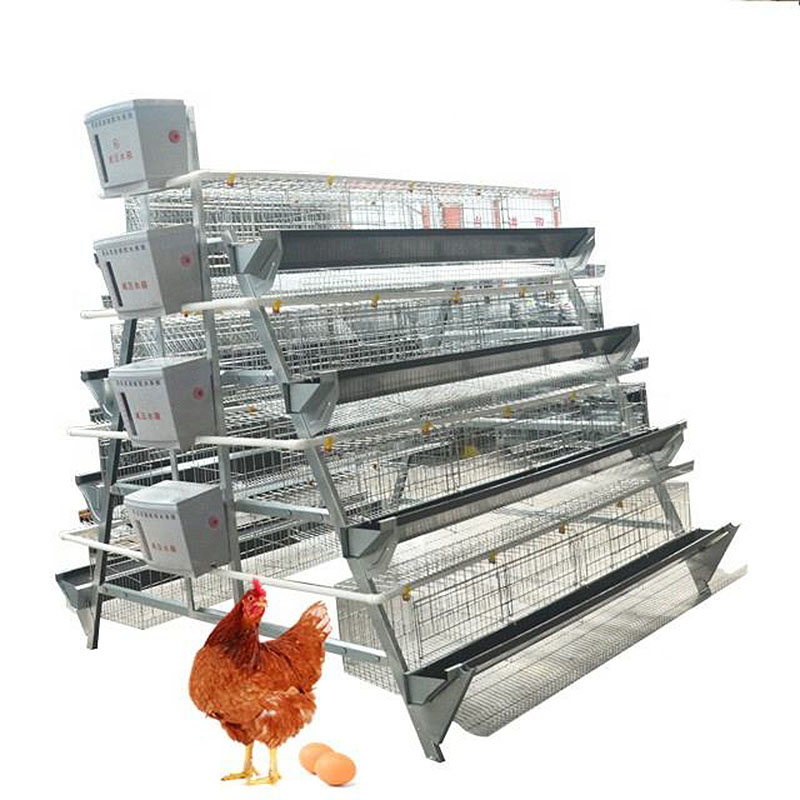
Chicken Cage
Product information: A type 3 tiers for 96-120 chickens Type A type, 3 tiers A type, 3 tiers A type, 3 tiers A type, 3 tiers Size per unit 1.88m*1.8m*1.6m 2.0m*1.8m*1.62m 2.2m*2.4m […]
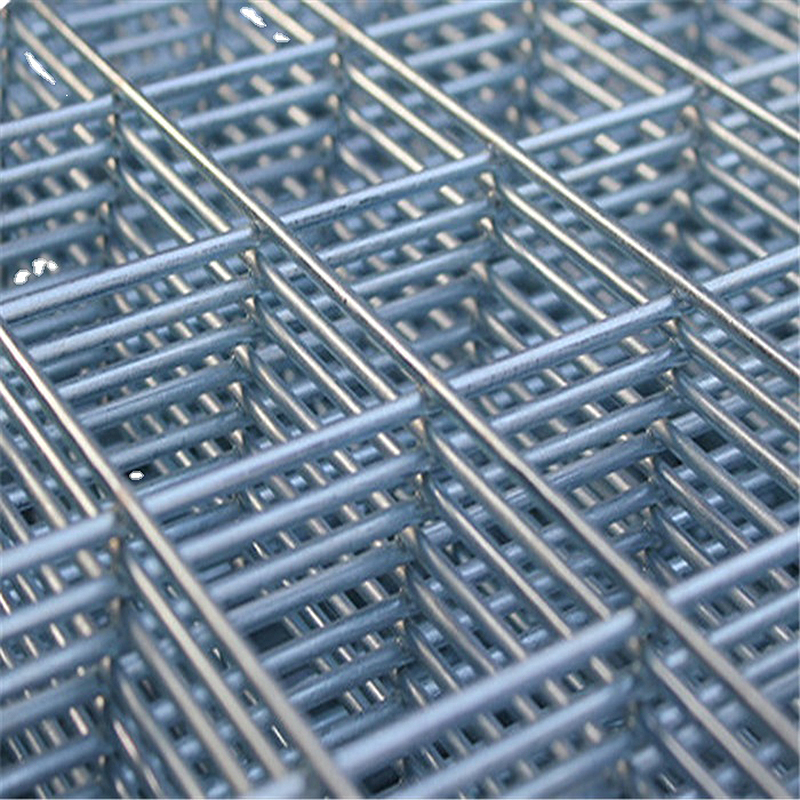
Welded Wire Mesh Panels
Product information: 1.Materials:Stainless steel wire, Low carbon steel wire, Galvanized wire 2.Style: (1)Electro or Hot dipped galvanized after or before welding; (2)Stainless ste […]
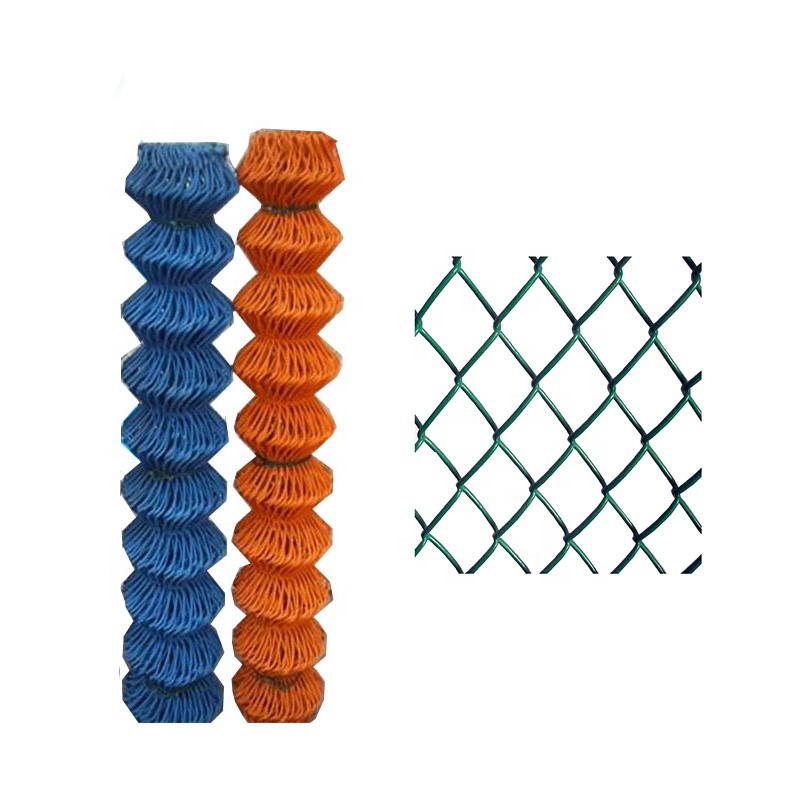
Chain Link Fence
Product information: Specification: Galvanized chain link fence Mesh Wire gauge Width Length 1″ BWG11,12,13,14 0.5-4m 0.5-25m 1-1/2″ BWG8,9,10,11,12,13 0.5-4m 0.5-25m 2 […]
Post time:2023-06-22

